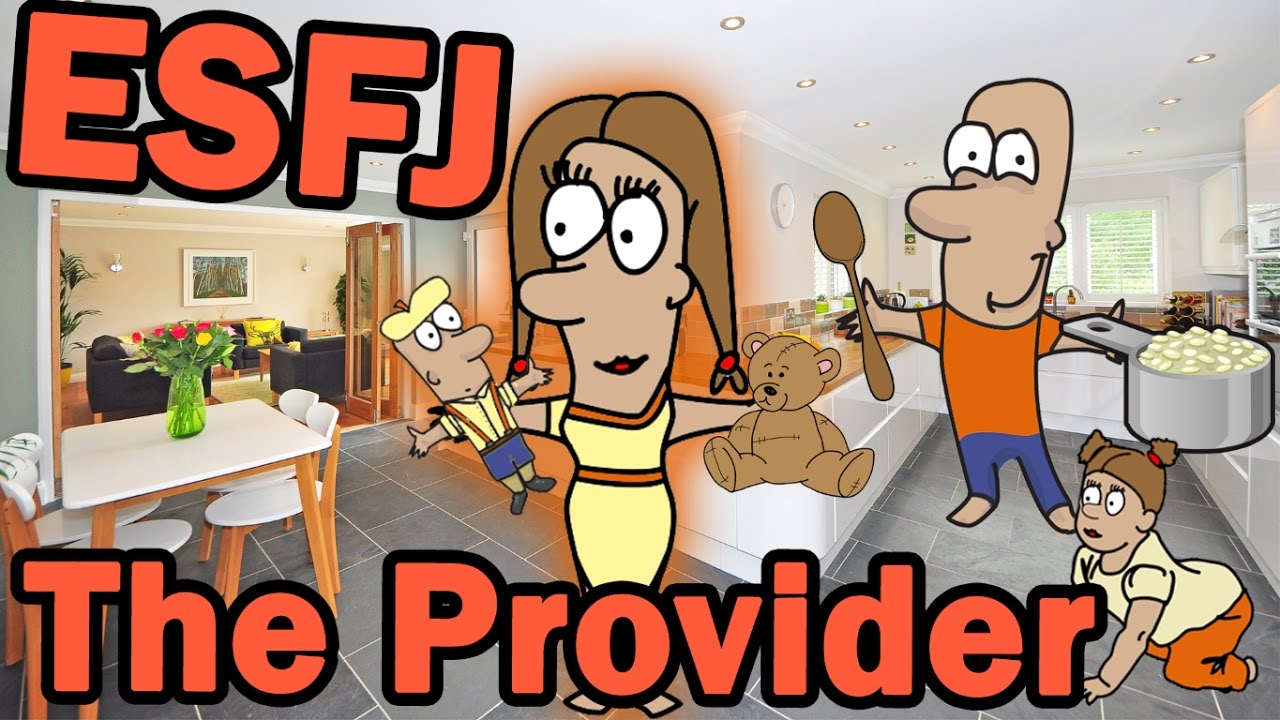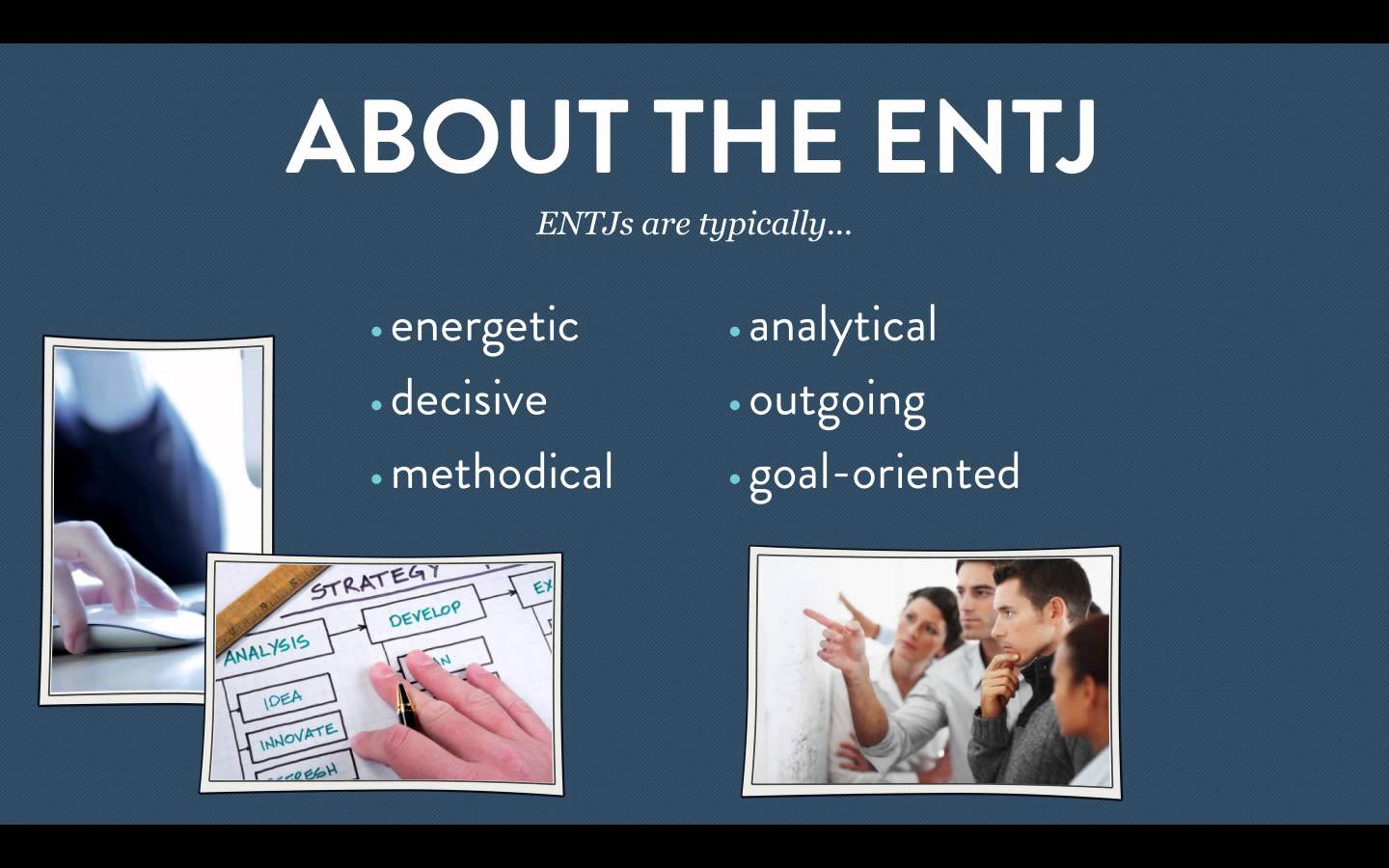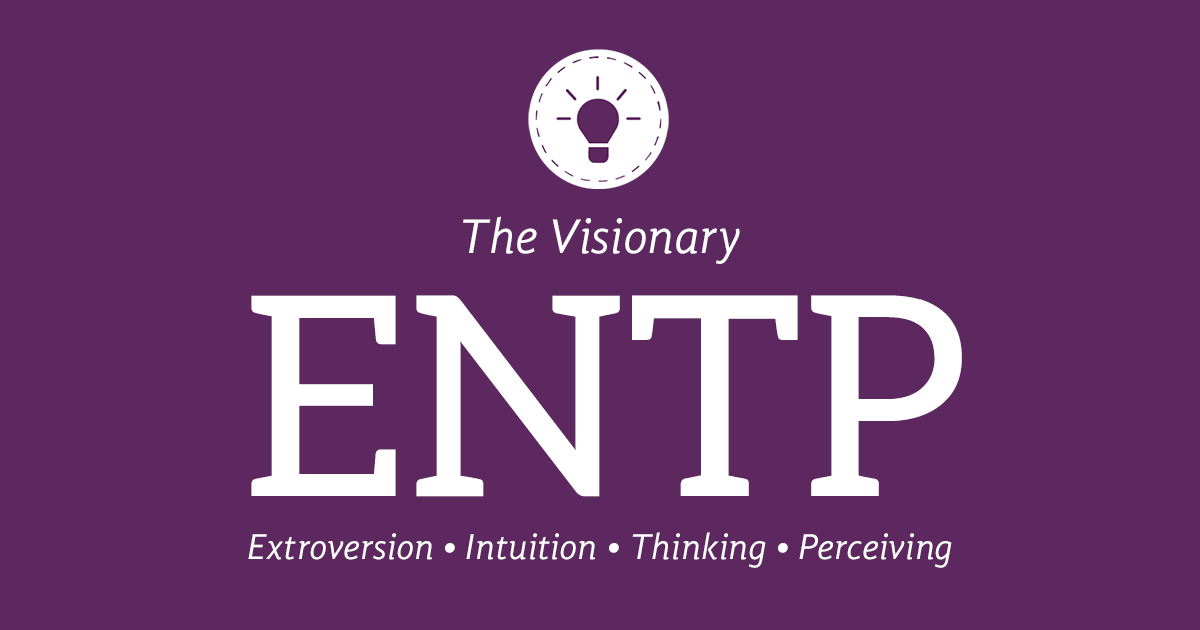We live in an age that is marked by complexity, cultural pluralism, and constant change. As a result, the demands placed on leadership have evolved beyond technical competence and hierarchical authority. Contemporary leaders are expected not only to guide their teams toward objectives but also to inspire, connect, and catalyze transformation across diverse and dynamic contexts. Within this paradigm shift emerges the concept of Communicable Leadership; a style of leadership grounded in intentional communication, relational influence, and the ability to transfer values, vision, and energy in ways that resonate deeply with others.
Rather than being a predefined or rigid leadership model, communicable leadership is a philosophy and practice that places human connection, meaning-making, and shared understanding at the heart of leadership effectiveness. It is not just about what the leader does, but how their actions, messages, and values flow through people, like a communicable agent that moves from one individual to another, producing alignment, transformation, and empowerment. At its core, communicable leadership is built on the idea that leadership is not something a person merely possesses or exercises over others, but something that is shared, transmitted, and co-created through communicative acts.
Unlike authoritative or transactional leadership models that rely on position, directive power, or reward structures, communicable leadership leverages the power of dialogue, modeling, and emotional resonance to inspire and engage. This model recognizes that leadership is inherently social and contagious. When a leader models authenticity, courage, empathy, or vision, those qualities tend to transfer into the culture of the team or organization. As such, communicable leadership emphasizes embodied leadership, that is, leading by example in ways that others can observe, emulate, and pass on. In this light, communication is not limited to words or information dissemination. It includes tone, behavior, presence, consistency, and relational cues.
A communicable leader is acutely aware that their leadership is being read and interpreted constantly; not just by what they say, but by how they live, how they show up, and how they make others feel. Hence, communicable leadership thrives on authenticity, the alignment between a leader’s inner values and outward actions. It is communicable because authenticity is magnetic and disarming. People are more likely to trust and emulate leaders who are genuine, who own their vulnerabilities, and who do not perform a role, but rather live a conviction. Authenticity makes leadership relatable, thereby encouraging peer-level connection rather than rigid hierarchy.
One of the hallmarks of communicable leadership is empathic engagement, the capacity to listen actively, understand others’ perspectives, and respond with compassion and clarity. In doing so, the leader not only gathers insights but also models a culture of emotional intelligence and psychological safety. This creates a communicable climate where others feel seen, heard, and valued, and are more likely to replicate this behaviour in their own interactions. Communicable leaders are storytellers. They don’t merely issue directives or goals; they craft and share narratives that frame purpose, identity, and collective meaning. Through stories, of struggle, values, vision, or transformation; they create emotional and cognitive anchors that people can adopt and spread. Thus, the leader’s vision becomes a shared language, which travels organically through the organization or group, influencing behaviour and motivation.
The communicable leader sees their role not just as a performer of tasks but as a modeler of culture. Every action is a form of implicit communication. When leaders consistently embody resilience, humility, transparency, or innovation, they “infect” their environment with those traits. Over time, such modeling becomes replicable, others adopt and amplify the same standards, creating a ripple effect of aligned leadership behavior across the system. Because communication is dynamic, communicable leaders are adaptive communicators. They are sensitive to context, audience, and cultural nuances. They know when to speak and when to stay silent; when to challenge and when to affirm. Moreover, they practice presence; being fully attentive in the moment, which communicates respect and value. Presence itself is communicable; it teaches others to slow down, attend, and engage more fully.
At this point, it is necessary to stress that being communicable is not the same as communication. While communication is the act of transmitting information, being communicable involves the ability to be understood, felt, and transferred. A leader may be highly articulate and yet not be communicable. Conversely, a quietly consistent leader who lives out their values and listens well may exert far greater influence because their leadership is embodied and felt, not just heard. Communicable leadership, then, requires more than skillful rhetoric. It demands self-awareness, coherence, and relational intelligence. It’s about enabling others to "catch" not just information, but courage, vision, conviction, and energy, in ways that they can pass on.
Communicable leadership represents a paradigm shift from positional control to relational influence. It is a leadership of contagion rather than coercion, where impact flows through emotional connection, behavioral modeling, and purpose-driven narratives. In our increasingly networked, transparent, and emotionally intelligent world, leadership must be less about instruction and more about invitation, alignment, and shared embodiment of values. By becoming more communicable, more real, more empathetic, more intentional, leaders not only lead better but also multiply themselves in others. And in doing so, they foster teams and organizations where leadership is not held by one, but carried by many.
Thank you for reading.
Thanks for the gift of your time, Obayomi Abiola Benjamin!
Feel free to share your thoughts or testimony in the comment box below. I promise to respond as soon as possible!










































What Do You Think About This Article? Share Your Comment
Please login to post a comment!